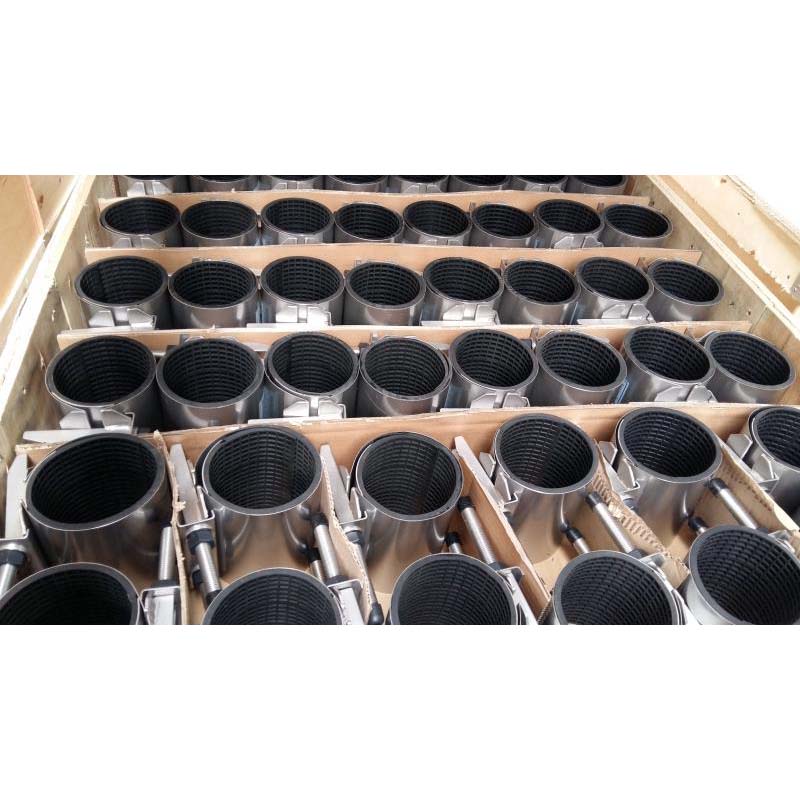Durable Seated Butterfly Valve for Enhanced Flow Control and Reliability
The Resilient Seated Butterfly Valve An Essential Component in Modern Fluid Control
In the realm of fluid control systems, butterfly valves play a critical role due to their simplicity, efficiency, and versatility. Among the various types of butterfly valves, the resilient seated butterfly valve has gained significant popularity across numerous industries, including water treatment, chemical processing, and HVAC systems. This article explores the design, functionality, applications, and advantages of resilient seated butterfly valves, offering insights into why they are a preferred choice for many engineers and operators.
What is a Resilient Seated Butterfly Valve?
A resilient seated butterfly valve is a type of valve characterized by a flat, circular disc that rotates around a central axis to regulate flow. The term resilient seated refers to the use of a soft elastomeric material that lines the seat of the valve. This lining creates a tight seal when the valve is closed, preventing leaks and ensuring minimal pressure drop across the valve during operation.
The construction of resilient seated butterfly valves typically includes a metal body, often made of cast iron or stainless steel, and a resilient seat made from materials such as EPDM, Buna-N, or silicone. This combination not only enhances the valve's durability but also allows it to handle a range of fluids, including water, gas, and various chemicals.
Functionality and Operation
The operation of a resilient seated butterfly valve is straightforward. When the valve handle is turned, the disc rotates 90 degrees to either open or close the flow path. This quick operation makes it suitable for applications requiring rapid flow adjustment. The resilient seat ensures that when the valve is closed, the disc is pressed against the seat, creating a tight seal that prevents any backflow.
Because of their design, resilient seated butterfly valves exhibit low torque requirements for operation, making them easier to handle and reducing the wear on actuators
. They can also be automated easily with the addition of electric or pneumatic actuators, further enhancing their efficiency in industrial applications.Applications of Resilient Seated Butterfly Valves
resilient seated butterfly valve

Resilient seated butterfly valves are utilized in a myriad of applications due to their versatility and reliability. In the water treatment industry, they are often found in pipelines to control the movement of potable water, wastewater, and stormwater. Their ability to withstand corrosion and abrasion makes them ideal for these harsh environments.
In the chemical processing sector, these valves are employed to manage the flow of various chemicals in storage tanks and processing equipment. Their resilient seating material allows for compatibility with a wide variety of chemical fluids, ensuring operational safety and efficiency.
Additionally, in HVAC systems, resilient seated butterfly valves are used for regulating airflow in ductwork. They provide precise control over venting and enable energy-efficient operation of heating and cooling systems.
Advantages of Resilient Seated Butterfly Valves
The adoption of resilient seated butterfly valves comes with numerous benefits. One of the primary advantages is their lightweight construction, which eases installation and reduces support requirements. Furthermore, the low pressure drop across the valve helps to enhance overall system efficiency.
Maintenance is also straightforward with these valves. The resilient seat can often be replaced without needing to remove the valve from the pipeline, significantly reducing downtime and associated costs. Additionally, the variety of materials available for the resilient seating allows engineers to select the best option for specific applications, enhancing the valve's lifespan and performance.
Conclusion
In conclusion, resilient seated butterfly valves represent a vital component in fluid control systems across diverse industries. Their robust design, ease of operation, and adaptability to various applications make them essential for efficient fluid management. As industries continue to evolve and demand higher performance from their equipment, the resilient seated butterfly valve will undoubtedly remain a key player in fluid control technology.
-
The Essential Component for Safe Urban InfrastructureNewsMay.14,2025
-
The Backbone of Urban InfrastructureNewsMay.14,2025
-
Practical and Stylish Solutions for Your Drainage NeedsNewsMay.14,2025
-
Lamphole Frame and Cover: Essential for Urban InfrastructureNewsMay.14,2025
-
A Seamless and Aesthetic SolutionNewsMay.14,2025
-
A Must-Have for Safety and DurabilityNewsMay.14,2025
-
Pipe Repair Clamps: Your Ultimate Solution for Efficient RepairsNewsMay.09,2025
